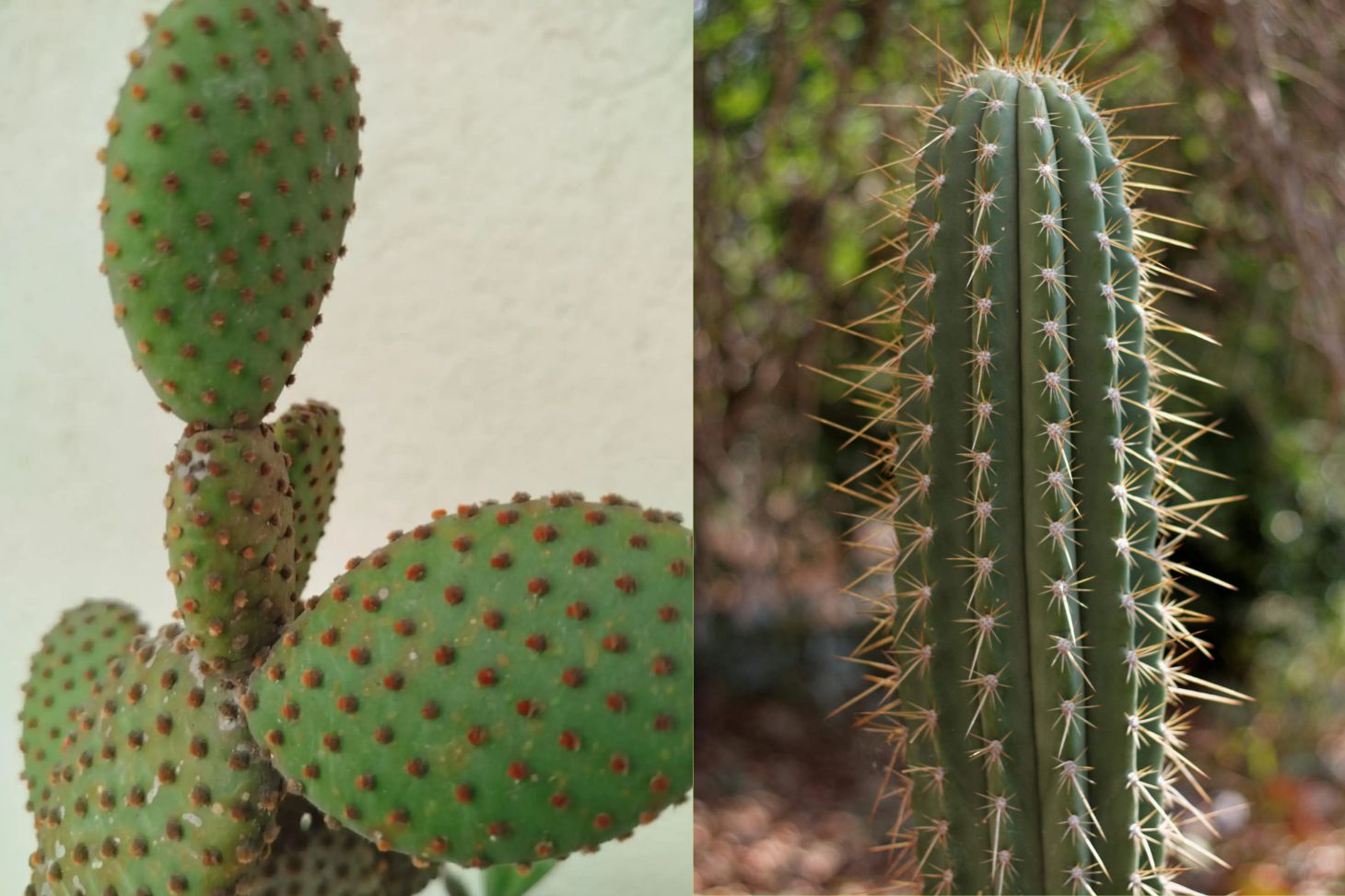Glochids vs. Spines
If you have ever touched a prickly pear or cholla cactus, you know how painful and annoying tiny barbed hairs can be. These small, hard-to-see bristles are called glochids, while the larger, more obvious needles are known as spines. Glochids are fine, hair-like, barbed bristles that easily detach, while spines are larger and more rigid, both working as natural defenses for cacti.
Understanding the difference between glochids and spines matters because each poses different risks and challenges, both for people and for animals near cacti. You may want to learn how to spot these features and avoid the discomfort they can cause, whether you enjoy gardening or simply spend time outdoors.
Key Takeaways
- Glochids are tiny, barbed bristles; spines are larger, rigid needles.
- Both help protect cacti but have different risks for humans and animals.
- Knowing the difference helps you handle cacti safely.
Differences Between Glochids and Spines
Glochids and spines appear similar at first, but they have key differences in how they look, develop, and function. By understanding these differences, you can avoid mistakes and handle cacti more safely.
Physical Characteristics
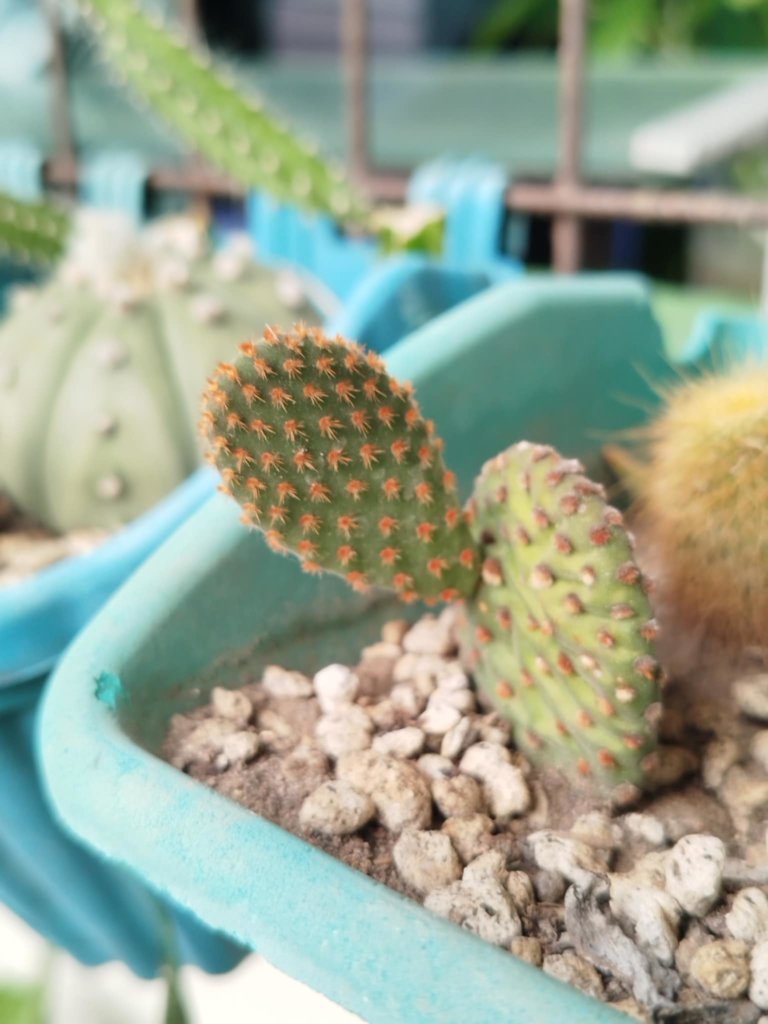
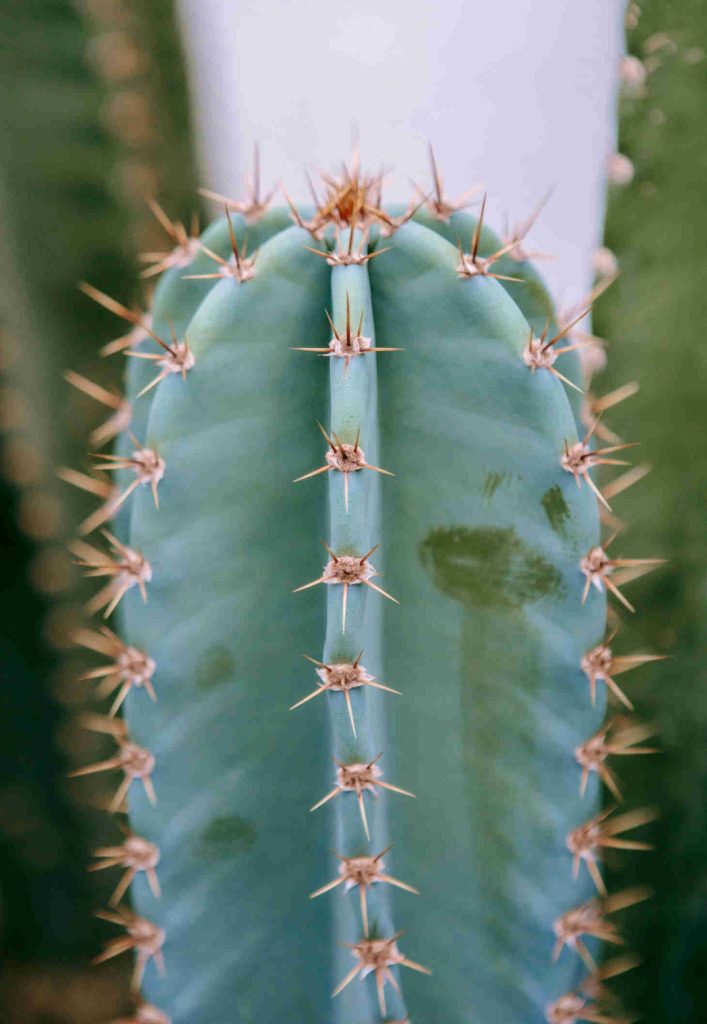
Glochids are very small, often less than 5 mm long. They usually grow in dense clusters, especially on Opuntia and cholla cacti. These tiny bristles are usually yellow or brown and look like fine hairs or short needles. Glochids detach easily with the slightest touch.
Spines, in contrast, are much larger and stiffer. You see traditional spines sticking out from a cactus, and they can be sharp, rigid, and single or grouped. Unlike glochids, spines stay attached more firmly and are harder to remove from the cactus.
Glochids are covered with tiny barbs. When they get into your skin, they are hard to see and remove. Spines are smoother, and though they can be painful, they do not have fine barbs like glochids.
Anatomical Structure
Glochids and spines both come from special spots on the cactus called areoles. Even so, their structure is different. Glochids are very thin with hooked or barbed tips. This makes them stick in skin and fabric quickly.
A glochid’s base is fragile, so it breaks off the plant easily. The barbs on the surface point backward, which is why removal is tricky.
Spines are typically solid and can vary in shape, including round, flattened, or awl-shaped. They can be straight, hooked, or even twisted, but they have a stronger base. Spines grow more deeply from the areole and connect more firmly to the plant body. This is why you usually see old, dried spines still attached to mature cactus stems.
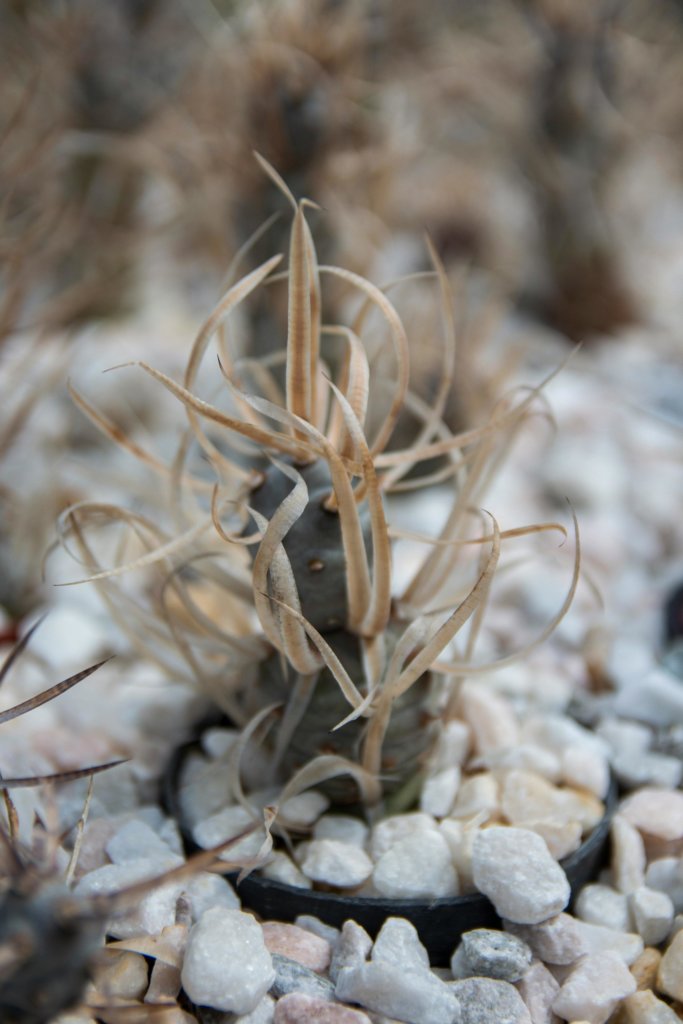
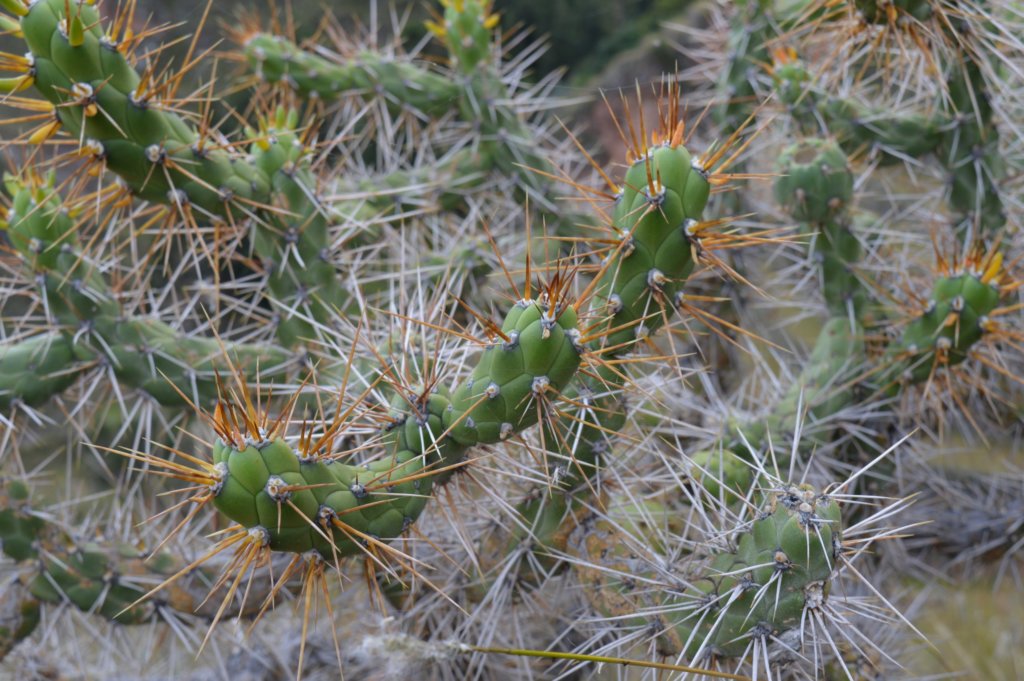
Developmental Origins
The origins of glochids and spines help explain their differences. Glochids are modified leaf structures unique to cacti in the sub-family Opuntioideae. These include prickly pears and chollas. They develop as small outgrowths from the areole, appearing after the main spines.
Spines are usually also modified leaves, but their growth is more complex. In other cacti, spines take over the role of protecting the plant, replacing normal leaves completely. During development, cactus spines start out as tiny bumps that elongate and harden over time.
Glochids grow in clusters around or beneath the spines. This double layer provides extra defense for the plant. Spines focus on blocking animals and shading the plant, while glochids are mostly a deterrent against small animals and pests, quickly detaching to stick into anything nearby.
Functions and Roles in Plants
Glochids and spines serve important purposes in cacti and other plants. They help reduce damage from animals and balance other needs related to survival.
Defensive Mechanisms
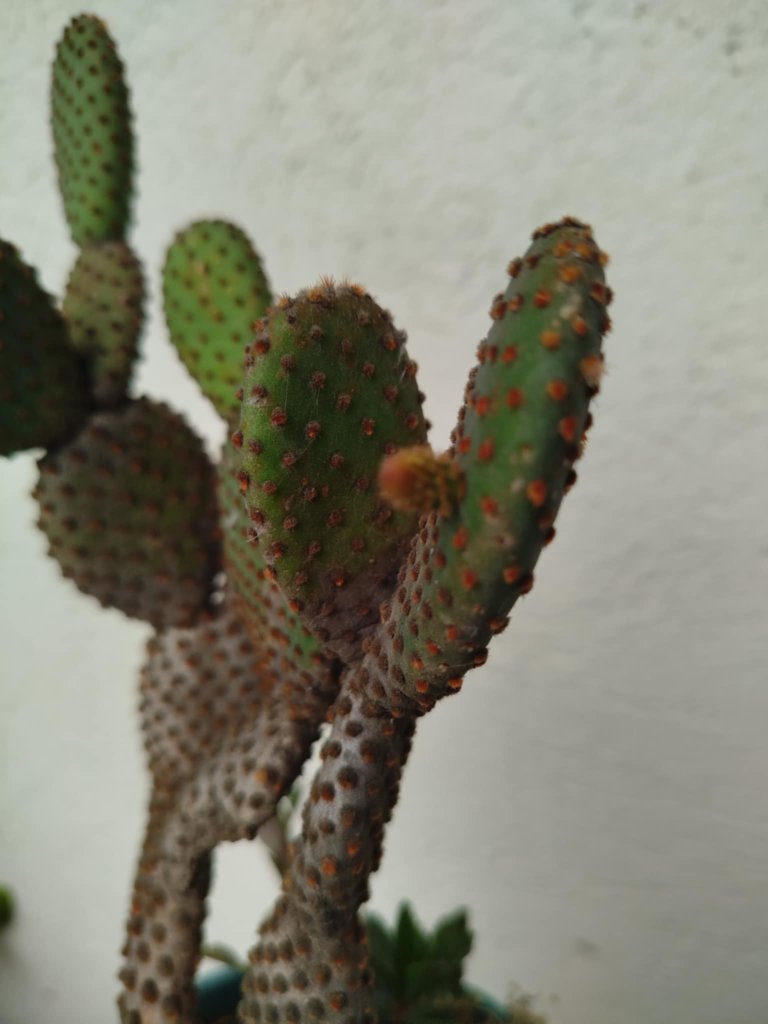
Glochids are tiny, barbed hairs found on some cacti, especially in the Opuntia group. They detach easily and can become lodged in skin, causing irritation. This makes them an effective defense, stopping animals that try to eat the plant.
Spines are stiff, pointed structures that can be smooth or barbed. They work as a barrier, making it hard for animals to get close or take a bite. Both glochids and spines discourage herbivores by causing discomfort or injury.
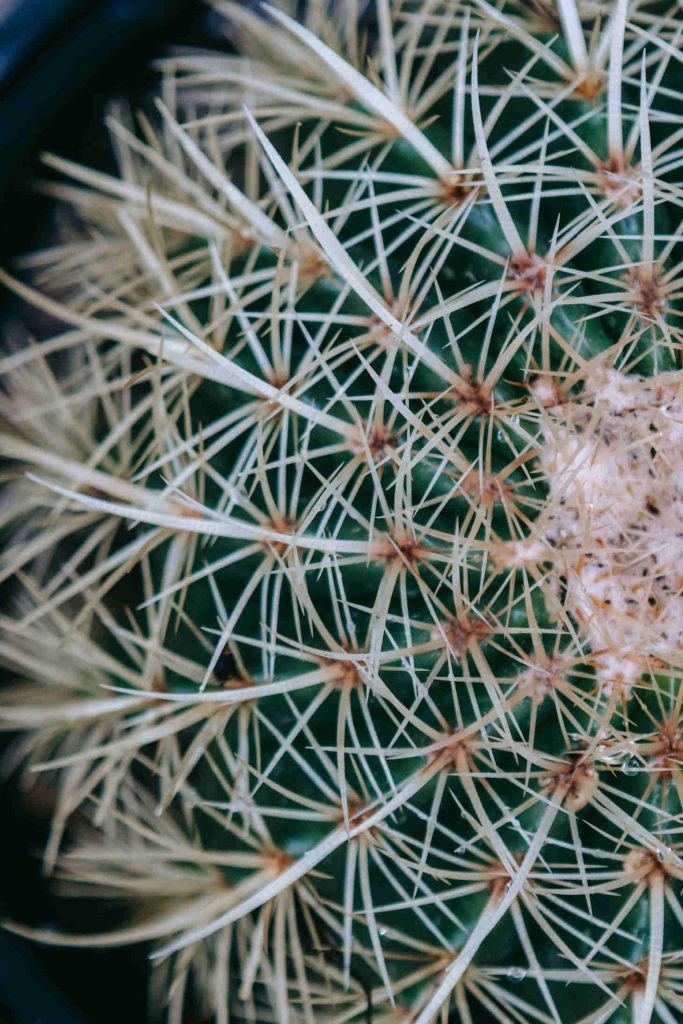
Adaptations to Environment
Both glochids and spines help plants survive in harsh, dry places. Spines offer shade, reducing the amount of sunlight that hits the plant’s surface. This helps lower water loss from the plant.
Glochids, besides their defense role, can collect tiny drops of water from fog or dew. They also reduce the amount of heat and sunlight on the plant. This protects the plant’s tissues from burning or drying out.
Spines can also shield buds and young tissues from wind and cold, making it easier for these sensitive parts to grow. The combination of shade, protection, and water collection plays a big part in why cacti thrive in deserts.
Frequently Asked Questions
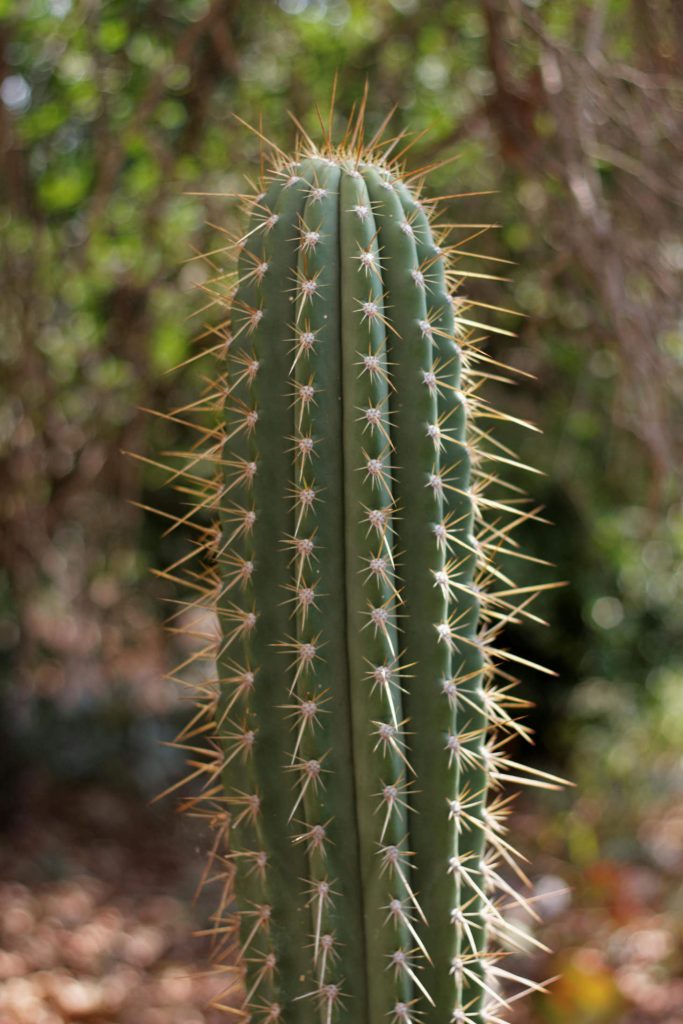
Glochids are tiny, barbed bristles found on some cacti that can cause skin irritation. Spines and glochids differ in shape, size, and how they affect your skin when you come in contact with them.
How can one safely remove glochids from the skin?
Use tweezers to pick out visible glochids. If some remain, apply sticky tape or duct tape, press gently, and pull off to lift the tiny hairs. You can also use glue, like white school glue, spread it over the area, let it dry, then peel it off. Always wash your hands and avoid rubbing the area, as this can make them harder to remove.
What are the risks associated with getting glochids embedded in the skin?
Glochids can cause pain, redness, swelling, and itching. Because they are small with barbs, they tend to break off under your skin. This may lead to skin irritation that can last for days. Sometimes, small wounds or even infections can develop if they are not removed.
Does the body naturally expel glochids over time, or is medical intervention necessary?
Your skin may eventually push out tiny glochids naturally, but this process can be uncomfortable. If you can’t remove them yourself and irritation lasts, see a doctor. Infection, swelling, or pus are signs that medical attention may be needed.
Are there particular species of cacti that have glochids rather than spines?
Many prickly pear cacti (genus Opuntia) have lots of glochids in addition to longer spines. Some cholla cacti also have small barbed hairs like glochids. Not all cacti have glochids; many have only spines.
What is the proper way to pronounce ‘glochids’?
“Glochids” is pronounced as “GLO-kids.” The first part rhymes with “glow,” and the second part rhymes with “kids.”
How do glochids differ from cactus spines in terms of structure and irritation potential?
Glochids are very fine, short, and almost hair-like, with barbs that make them stick to your skin. Spines are larger, stiffer, and usually occurring in clusters, without barbs.
Glochids are more likely to break off and become stuck, leading to longer-lasting discomfort. Spines hurt when they puncture your skin but are often easier to see and remove.

